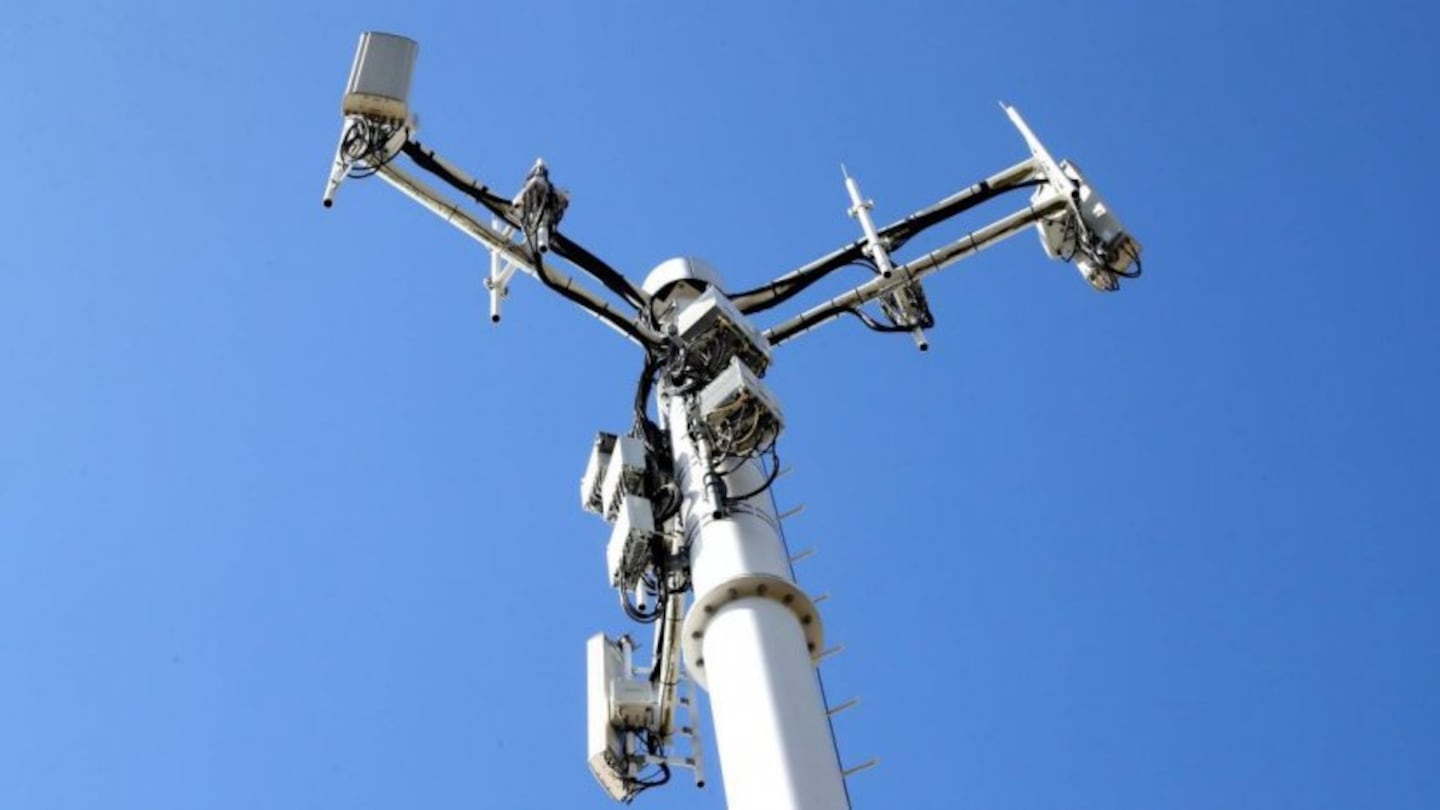This article was first published by RNZ.
The Commerce Commission has given telecommunications companies 12 months to come up with standardised coverage maps for all providers so customers can compare the signal reach each one is offering.
It also wants universal definitions of coverage quality, like excellent, good and non-existent, as well as hang up clauses; so if consumers find their calling experience in real world is not what is promised they cancel their contract at no charge.
Judy, who lives on a farm near Lake Waikaremoana in the Wairoa District, told Checkpoint she only had about 30 percent phone coverage.
“It’s a health and safety issue. We’ve got employees and contractors on the farm on a regular basis,” she said.
She had supplied her employees with locator beacons, which were only suitable for emergency situations, Judy said.
Another, who had not been named, lived only 10 to 15 kilometres from the centre of Hamilton but also had “very poor” cell phone coverage.
“I can’t make sense of it,” she said.
“It’s a safety issue. I actually have to rely on my good old copper wire landline in order to make contact with loved ones. I live in a situation where I have a safety and a protection order and I need to be able to make contact.
“I do work in a rural community further out and the reception there is also poor. And I know that rural industry and the contractors and service providers are finding it very hard to do daily business because you can’t connect with your neighbours or other service providers to get the jobs done.”
Geraldine lives between Nūhaka and Wairoa and has no coverage whatsoever.
She told Checkpoint that the worst thing for her were verification and two-factor authentication text messages.
“We do a lot of business online now because we have no banks here.”
Her nearest bank was in Gisborne.
“I feel discriminated against by big telcos because we’re not worth it. We’re not economically worth their while,” Geraldine said.
Tech Users Association New Zealand (TUANZ) chief executive Craig Young said New Zealand was littered with cellphone coverage black holes, with one so large it covered a whole town, and little being done to plug the gaps.
“I think it’s something that needs to be joined up with governments and local councils to help make sure that people can connect,” he said.
“And it’s not just about connecting, it’s being able to afford to connect because people need to be able to buy the service.”
Young added that he supported the Commerce Commission’s decision.
“Anything that helps a customer make a better decision is a really positive thing in the market.”
The Commerce Commission’s changes require providers to produce standard coverage maps so consumers can compare options, which must be easy to find on their websites.
The maps must be accessible within two clicks from the providers home page.
Telecommunications commissioner Tristan Gilbertson said too many consumers were not getting the coverage they expected.
Mobile network operators were expected to work together to standardise their maps within 12 months, with regular progress reports.
The maps would need to include coverage descriptors, such as excellent, good, fair and no coverage, as well as signal strength thresholds for each coverage level.
In addition, each individual mobile provider would need to deliver what they promise.
If not, consumers will be able to exit their contract with the provider.
“One NZ and 2degrees already offer this in the form of a ‘network guarantee’ for their new customers and we’d like to see this offered across the board by all providers,” Gilbertson said.
“That will enable consumers to choose and switch more confidently, knowing they can leave without cost if the promised coverage isn’t there.”
- RNZ

